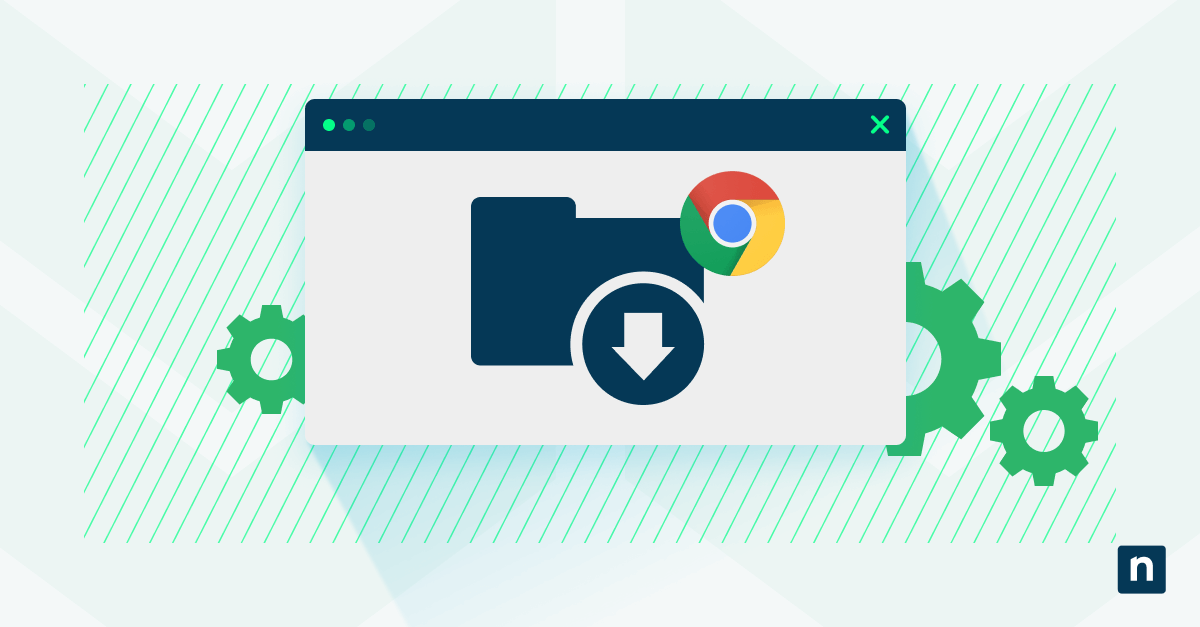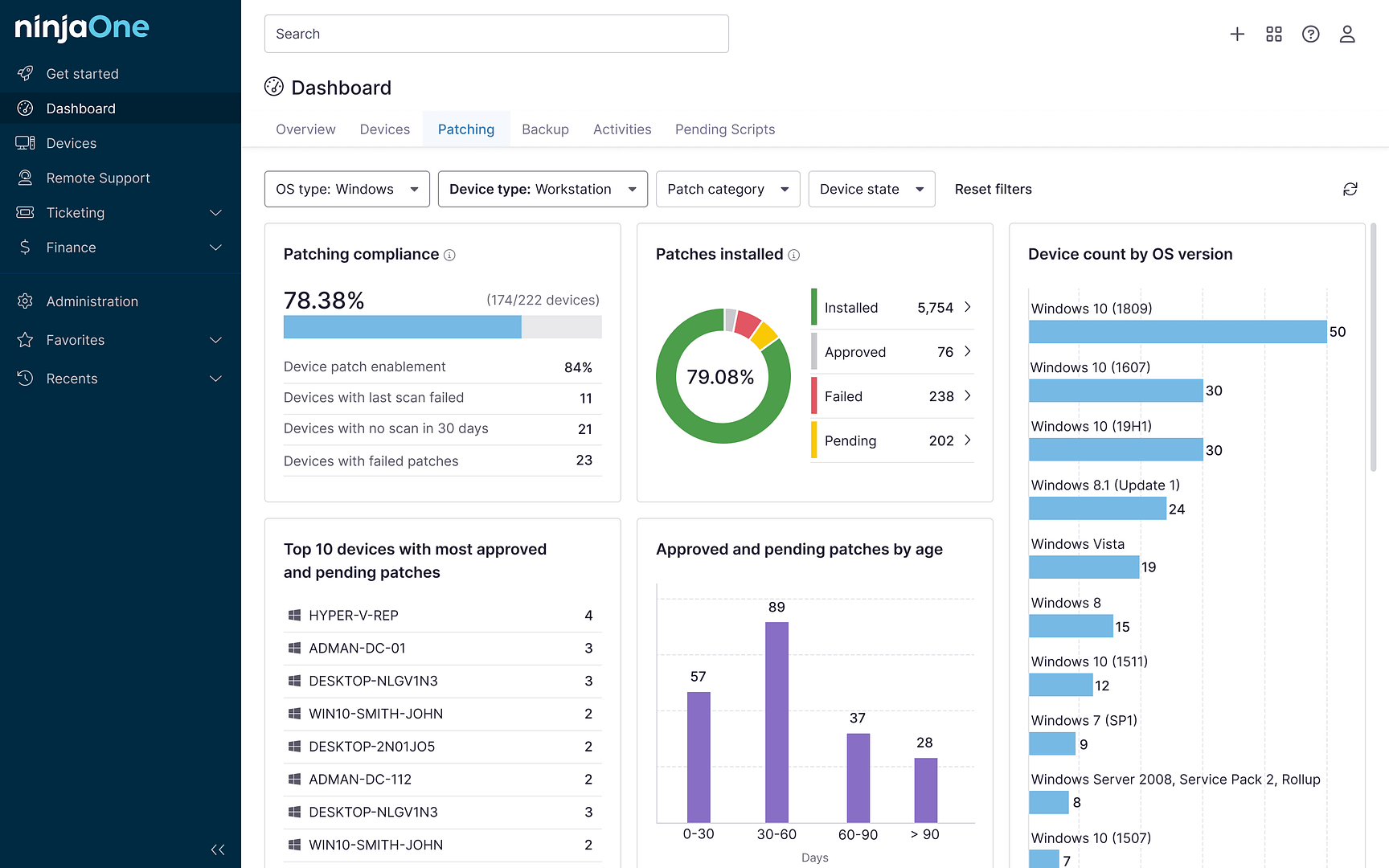From unexpected beginnings to leading global digital transformations, Nick Colisto shares the inside story of IT leadership.
The role of Chief Information Officer (CIO) has never been tougher—or more critical
The job of a CIO has always been demanding, and the stakes have never been higher. Over the past decade, businesses have undergone massive digital transformations, with CIOs at the helm of this evolution. From managing AI advancements to navigating work-from-anywhere policies and endpoint sprawl, CIOs are not just IT leaders—they’re business strategists, innovators, and operators all rolled into one.
So, what does it really take to succeed in this high-pressure, high-impact role?
We spoke with Nick Colisto, CIO of Avery Dennison, to find out. Nick has spent years in the manufacturing and pharmaceutical industries, and he also happens to be a member of NinjaOne’s CxO Advisory Board. In this interview, Nick shares his journey into IT, the lessons he’s learned along the way, and his advice for aspiring CIOs.
(The below is an abridged version of a Q&A that originally appeared on NinjaOne’s IT Leadership Lab.)
From numbers to innovation: How Nick started in IT
Nick’s journey into IT may not be what you’d expect.
“I majored in accounting in college and did well,” Nick recalls, “but I always felt there had to be a better way to handle some of the more repetitive tasks.”
For Nick, it all started with experimenting on Lotus 1-2-3 to automate accounting work. These early experiments turned into a passion for programming, leading Nick to pivot into IT. “My first job was a junior accountant/programmer at MONY Financial Services. You can probably guess which part of the job I enjoyed more! It didn’t take long to [figure out making] people’s work more efficient was what I wanted to pursue.”
What does your day-to-day look like as a CIO?
For Nick, no two days are the same. As CIO of Avery Dennison, a global team operating across 30 countries, Nick’s responsibilities span a wide spectrum of IT strategy, execution, and leadership.
“I work closely with business leaders to align IT with our goals,” Nick explains. “My focus includes major programs like ERP, digital customer experiences, infrastructure, and cybersecurity. It’s all about driving growth and productivity through technology while fostering collaboration across teams.”
At its core, Nick says his role is about turning IT into a strategic partner and value center for the business.
What’s the most surprising thing you discovered about being a CIO?
When asked about his biggest surprise as CIO, Nick pointed to a lesson many overlook: the importance of fundamentals.
“You need a solid foundation—reliable infrastructure, strong security, and clear policies—before you can start driving innovation,” he says. “It’s not glamorous, but without it, nothing else works.”
Balancing these basics with a push for innovation has become a key focus for Nick in his leadership journey.
What’s the #1 skill necessary for CIOs to be successful?
Adaptability, according to Nick, is the most critical skill for today’s CIOs.
“The role is constantly evolving,” Nick says. “You need to shift between being a strategist, operator, technologist, and catalyst, depending on what the business needs at any given moment.”
Being adaptable also means building strong relationships and staying open to change. “That’s how you create lasting value as a leader,” he adds.
Why is the CIO an important role in an organization?
As organizations navigate rapid digital transformation, the CIO sits at the crossroads of technology and business strategy.
“The CIO becomes the key to balancing operational stability with innovation,” Nick explains.
Early in their tenure, CIOs often focus on stabilizing systems and building credibility. Over time, their role shifts to a more strategic focus—realigning digital strategies, fostering innovation, and driving business growth.
“By leading with adaptability and vision, the CIO enables the organization to stay agile, competitive, and ready for the future.”
What advice would you give to an IT leader that aspires to be a CIO?
For IT leaders aiming for the top spot, Nick offers this advice:
- Listen and learn. Take the time to build relationships across the organization and understand its challenges.
- Balance operations and innovation. Operational stability is crucial, but so is having a clear vision for the future.
- Lead with humility. Keep an open mind and be willing to adapt as you grow in your leadership role.
What is one of your tech hot takes?
When it comes to the future of IT, Nick has one clear message: AI will transform the role of the CIO.
“In 2025, CIOs need to move beyond experimenting with general-purpose AI and start focusing on agentic AI—autonomous systems designed to solve specific, high-value business challenges,” Nick says.
Unlike generic AI use cases, agentic AI automates complex decisions and workflows, driving scalable, real-world impact. “It’s time for IT leaders to shift from tinkering to implementing solutions that truly move the needle,” he adds.
Closing thoughts on leadership in IT today
As Nick Colisto’s story illustrates, being a CIO is about more than just managing technology. It’s about leading transformation, driving business growth, and building a resilient, innovative IT foundation.
Whether you’re an aspiring CIO or simply looking to strengthen your IT leadership skills, Nick’s advice is clear: Adapt, listen, and lead with vision and humility. The road to becoming a CIO might be challenging, but for those willing to take it on, the rewards can be transformative—for both you and your organization.
If you want a space to talk shop with other IT leaders on the same road as you, consider joining NinjaOne’s IT Leadership Lab and get access to guides, templates, presentations, conversations (like the above!), and documents from others within the space.







